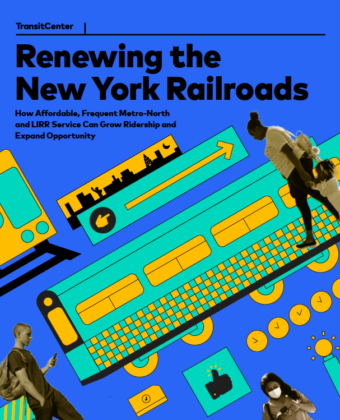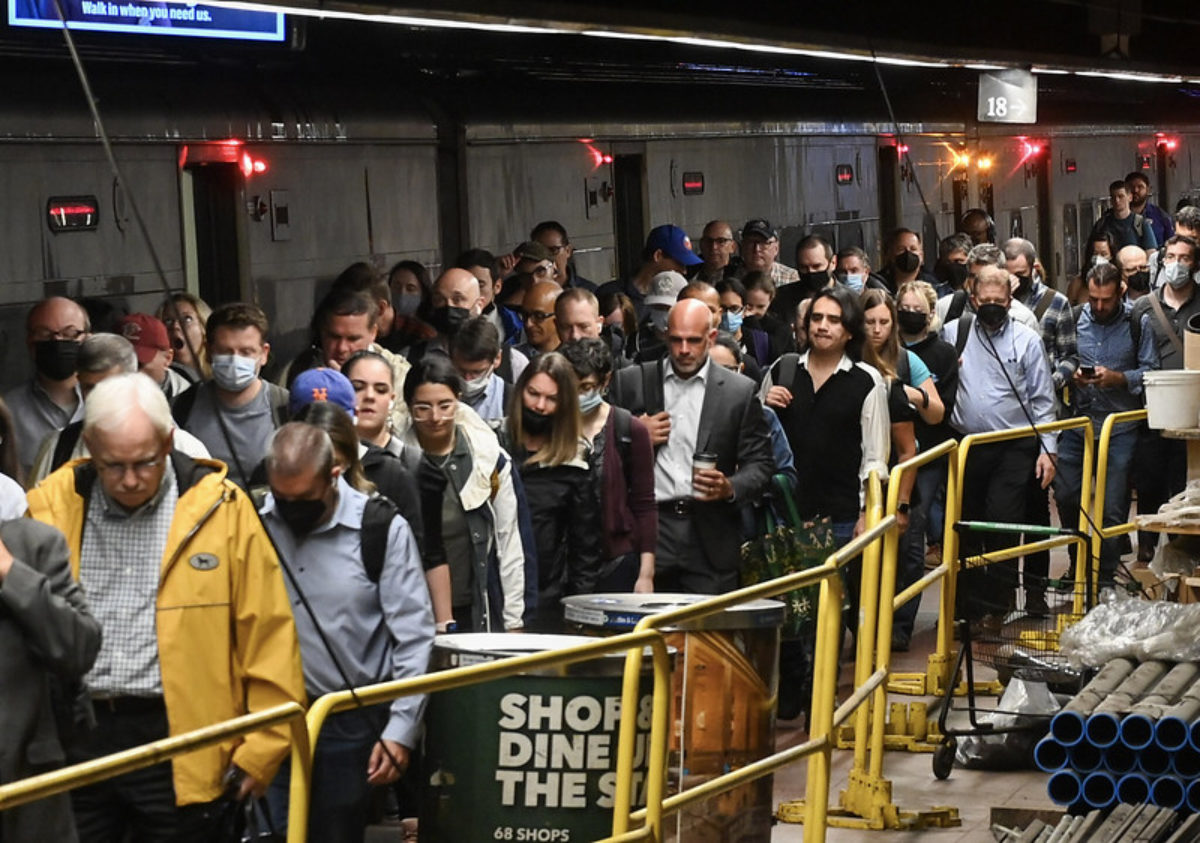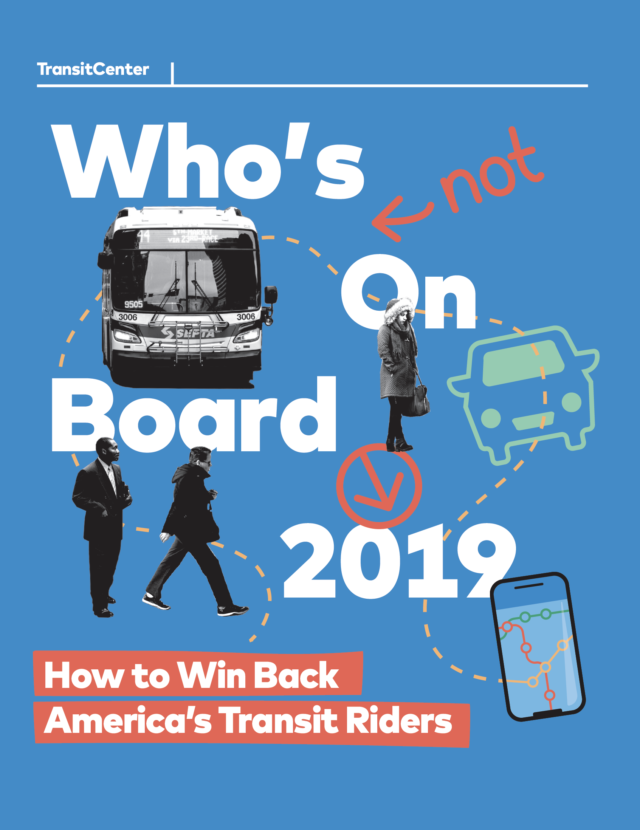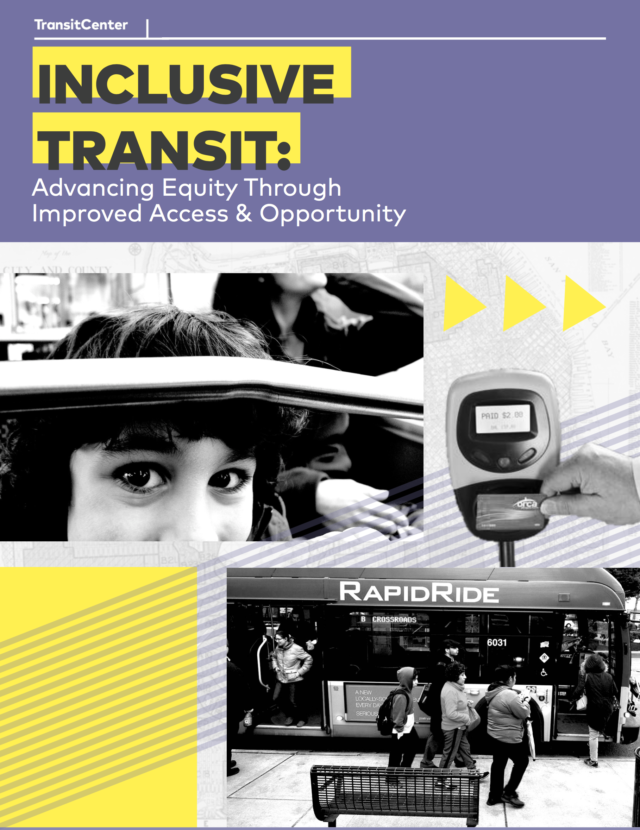Summary:
Public transportation provides affordable mobility to millions of people in the New York City region and is central to the region’s inclusive growth. But the benefits of transit accrue unequally, especially on the basis of race and income.
The region’s “commuter rail” system that is designed to ferry affluent riders in and out of midtown Manhattan at peak hours is in large part to blame for these disparities.
For people who can afford a ride on Metro-North Railroad (MNR) and the Long Island Rail Road (LIRR), the system is a seamless and efficient way to travel. But with some of the highest commuter rail fares in the country, both systems effectively shut out people who can’t afford a ride, consigning them to long, unreliable local transit trips to reach jobs, healthcare, and education.
This has a big impact on economic opportunity. In the Bronx and Queens, and municipalities in northern New Jersey and Nassau and Westchester Counties, residents who cannot afford to pay more than $5 for a one-way transit trip can access only 54% of the jobs that people without a budget constraint can reach in an hour.
There are pronounced racial gaps to these disparities. As of September 2021, the average white resident in the New York metropolitan area could access nearly a million potential jobs within 45 minutes using public transit—85% more than the average Black resident with access to only 539,000 potential jobs.
People who must travel outside of peak hours are also effectively shut out of the system because the railroads’ schedules do not align with their travel needs. For example, during the morning peak period, northbound Metro-North trains stop at Fordham, in the Bronx, almost four times an hour. Around lunchtime, there is a full hour in-between trains.
This access disparity enacts a time penalty on low- and moderate-income residents. Before the pandemic, a subway and bus trip between Midtown Manhattan and many neighborhoods in East and Southeast Queens took more than 90 minutes. In effect, Queens riders are paying with their time when an LIRR ride could easily halve travel times.
It’s time for a new approach to moving people around the New York Metro Region. The pandemic has accelerated changes in commuting patterns and a decline in the number of office workers traveling to and from Manhattan during peak hours. At the same time, growing housing costs have displaced lower-income New Yorkers to neighborhoods in the outer boroughs, New Jersey, Long Island, and the Lower Hudson Valley, subjecting them to long, arduous commutes.
In order to match transit service with changing demand, we must fundamentally reimagine the purpose of the region’s commuter rail network. This paper analyzes the potential benefits of operating commuter railroads more like regional rail within New York City’s boundaries, with affordable fares and more frequent service.
Read the full report.




